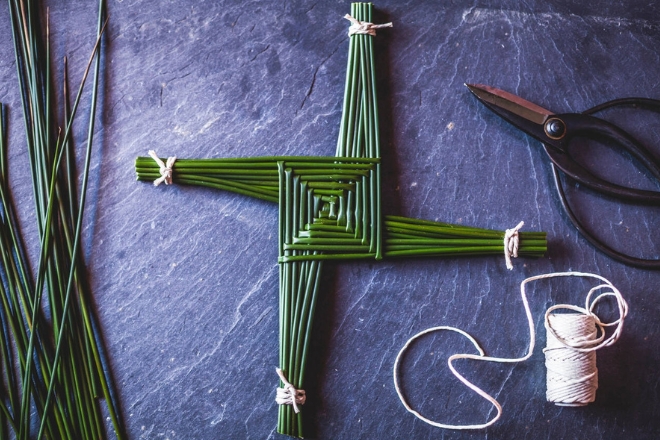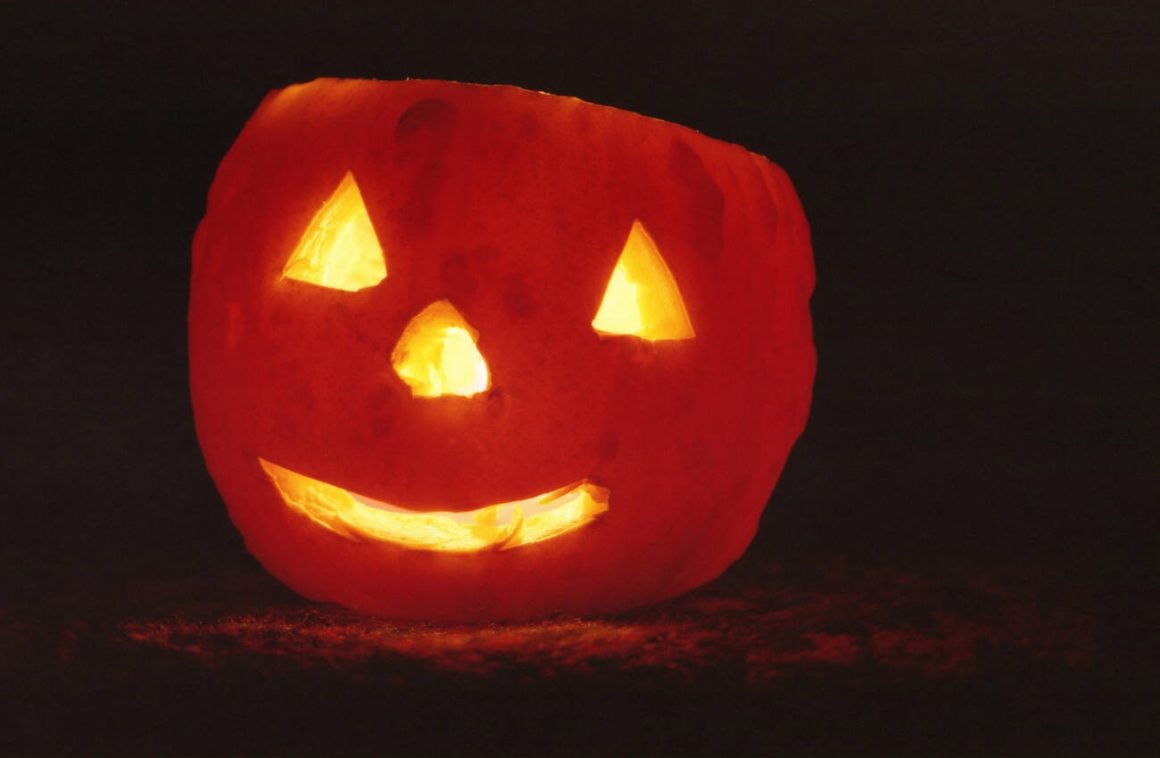
Shrouded in misty moors and ancient clan tales, Scotland boasts a rich history intertwined with Celtic traditions. Amid rugged landscapes, this captivating past is celebrated through enduring rituals. Samhain’s bonfires and Beltane’s chants echo the essence of Celtic holidays, preserving an unyielding cultural heritage. Beyond familiar Halloween, a treasure trove of celebrations rooted in Celtic origins awaits, inspiring Scots through the wheel of the year.
These festivals were more than mere revelry—they held life together. From our ancestors’ wisdom, woven into modern life, ancient traditions continue to resonate. Celebrations like lively Lughnasadh and introspective Imbolc keep the Celtic spirit alive.
Celebrate your Celtic heritage year-round with items from The Scottish Kilt, offering everything from clothes to Kilt Accessories and home decorations to partake in these timeless festivals.
Alright folks, let’s journey back and explore how the Celts partied. They had four main festivals: Imbolc marked the start of spring, Bealtaine was their summer celebration, Lughnasadh honored hard work and the cycle of life, and Samhain, the original Halloween. These events lasted three days, showing their importance.
These festivals weren’t just random parties; they synced with nature’s rhythms. While we know much about these, there are hints of other lesser-known celebrations, like hidden tracks on an album.

And guess what? While we know a lot about these bashes, there’s a sneak peek of some other parties that didn’t quite make it to the World’s History. It’s like finding some hidden bonus tracks on your favorite album.
In Ireland, these traditions evolved, blending ten major Celtic holidays with Christian elements, creating a unique cultural mix. These celebrations reflected the Celts’ deep connection to the Earth and the universe’s mysteries.
The 10 major holidays that we were discussing up here, were the ones that are very rare and not all the people know about these Celtic traditions and holidays nor do they know the history and backstory about it.
Imbolc, a special Celtic celebration, marks the transition from winter to spring. Celebrated on February 2 (or February 4 in 2021), it honors St. Brigid, a revered figure in Celtic lore. This festival symbolizes hope and renewal, with people making crosses from straw or red ribbons to represent St. Brigid. Traditions include visiting her sacred well, spring cleaning, and enjoying feasts.

As nature awakens, flowers like crocuses, daffodils, and snowdrops begin to bloom, signaling the arrival of spring. Imbolc is a festival of light and growth, with candle lighting, seed planting, and weather watching—sunny skies hint at a lingering winter, while rain suggests an early spring.
March 17th marks St. Patrick’s Day, a global celebration honoring St. Patrick, the patron saint of Ireland. This day is characterized by wearing green, attending parades, and participating in church services to pay homage to St. Patrick’s legacy.
But there’s more to this day! The ancient Celts, the early inhabitants of Ireland, constructed remarkable structures like Newgrange and Bryn Celli Ddu. These align with the sun’s movements, reflecting their deep appreciation for nature.

St. Patrick’s Day blends ancient Celtic traditions with Christian elements introduced by St. Patrick. It commemorates his death and has evolved into a vibrant holiday, particularly in Dublin, which hosts the most lively celebrations.
Interestingly, St. Patrick’s Day is close to the Spring Equinox, symbolizing a time of renewal and new beginnings. Thus, it serves as a dual celebration of both St. Patrick and the arrival of spring.
Imagine a special day called the Celtic Spring Equinox, typically around March 21, when daylight and night are perfectly balanced. This day marks the transition from winter to spring. Historically, Druids celebrated this time as a period of renewal and Earth’s rebirth, hence known as Druid holidays. This tradition has similarities with modern Easter, which also has Celtic roots in the name Ostara.
The Spring Equinox is not only about the changing seasons but also about the rich stories and traditions passed down through generations celebrating nature’s balance and renewal.

May Day or Beltane is the Celtic Celebration of Spring and Prosperity. the Gaelic May Day celebration rooted in Scotland and Ireland. It’s all about welcoming Celtic summer and good fortune for farms. They held big bonfires that kept bad things away and folks jumping over them for fun.

Even cows get special blessings! Houses get dressed up with flowers, and everyone enjoys yummy feasts while giving gifts to old gods.
Beltane marks the start of sunnier days and is a time to restart home fires, lighting them from hilltop fires. And guess what? During Beltane, the world’s curtain gets a little thinner, letting magical fairies come over and say hello.
The “Summer Solstice,” celebrated between June 21st and 24th, is an ancient Celtic tradition marking the year’s longest day and the start of shorter days. Stonehenge is famously associated with this event. In places like the Scottish Highlands, people light large bonfires, jump through flames to predict crop heights, and bring fire home for good luck. They circle their land three times to protect farms, and the festivities include dancing, singing, and feasting.

Despite Christian influences transforming some customs into St. John’s Day, Ireland and Scotland still honor the old traditions. They celebrate the sun goddess Etain, use light to ward off bad spirits, and embrace the energy and joy of summer.
Lughnasadh is a special Celtic celebration that gets celebrated on August 1st and marks the start of harvest time. It’s like a big thank-you party for nature and a Celtic god named Lugh. People back then would have dances, light big fires and do special ceremonies to make sure their crops grew well.

This celebration happens when summer is turning into fall. It’s a time of happiness, where folks get together to enjoy the harvest and say thanks to the land and Lugh for all the good things.
The start of the harvest season also marks the time for Handfasting. Handfasting is a ceremonial trial marriage that lasts for a year. During this time, the Celts come together to celebrate with bonfires, singing, and dancing.
The autumnal equinox, occurring in mid-September, marks a significant transition from the warm days of fall to the cooler days of winter. Known as Mabon, this time sees day and night equally balanced, an event that held great importance for the ancient Celts as it signified the onset of longer nights. They celebrated Mabon as a harvest festival, gathering crops and preparing for winter. Various cultures honor Mabon differently due to its Celtic roots.
Often observed on September 21, in 2021 it was celebrated on September 22. Mabon, also called Alban Elved or the “Light of the Water,” symbolizes a balance between light and darkness, evoking a sense of magic. It’s a time for gratitude, learning, and addressing what needs attention, with the landscape adorned in deep reds, burnt yellows, and earthy browns.


Michaelmas, celebrated every year on September 29th, honors Michael and his fellow angels. This Christian festival marks the beginning of autumn, coinciding with shorter days. Historically in England, Michaelmas signaled the end of the farming year and the settling of financial accounts, akin to a harvest festival. It’s a celebration of seasonal change, with traditions like baking Michaelmas bread Struan without metal tools. In Ireland, Michaelmas holds a special place, rooted in ancient customs. In Waterford, for example, they send a symbolic
Michael figure out to sea. This festival is not just a welcome to autumn but a tribute to cherished traditions and historical continuity.
Samhain, celebrated from October 31 to November 1, is a significant Celtic holiday marking the end of harvest and the start of winter. This tradition features bonfires believed to cleanse and protect with their special powers. Occurring when days shorten and winter begins, Samhain is akin to New Year’s Eve for the Celts, merging the third harvest festival with winter preparations.
If you’re an Outlander fan, you’ll remember Claire’s first journey through the stones during Samhain, when Pagans believe the barrier between the physical and mystical worlds is thin, allowing travel between them.
A major festival on Tara Hill gathers tribes for fire ceremonies, lights, food, and gifts for spirits. During this time, the veil between our world and the spirit world thins, allowing spirits to cross over, making it a unique and mystical period.

The winter solstice, particularly celebrated in Scotland and Ireland, is an ancient tradition marking the shortest day and longest night of the year on December 21st. This event symbolizes the sun’s brief hiatus. Historically, Celtic traditions included decorating homes with evergreens, feasting for 12 days, and lighting fires for warmth. Mistletoe was believed to bring good luck and ward off evil spirits.

At Newgrange in Ireland, from December 19th to 23rd, the sunrise illuminates an ancient passage for about 17 minutes, creating a spectacular sight. Ancient lore tells of a battle between the Oak King and the Holly King, with the Oak King’s victory symbolizing the triumph of light over darkness.
Sacred Celtic holidays are traditional celtic festivals observed by the celts themselves, marking significant seasonal and agricultural changes. They include Imbolc, Beltane, Lughnasadh, and Samhain.
Traditional Celtic celebrations involve various festivals and rituals tied to nature, agriculture, and the changing seasons. These celebrations often include feasting, dancing, and communal gatherings.
celtic Samhain is a festival that marks the end of the harvest season and the beginning of winter. It’s celebrated on October 31st to November 1st and is considered a time when the veil between the living and the spirit world is thin.
Some Celtic pagans might incorporate aspects of Christmas into their practices, but it’s not a traditional Celtic holiday. Christmas has Christian origins, whereas scotland paganism predates Christianity.
The term “Celtic” refers to a broader cultural and linguistic group that encompasses various tribes and regions. “Gaelic” specifically pertains to the Celtic languages and cultures of the Gaels and gaelic pagan, mainly associated with Ireland and Scotland holidays and traditions.
pagan holidays and traditions, such as Celtic pagan festivals, encompass various celebrations linked to nature and spirituality. They involve dates like pagan fall holidays, Irish pagan holidays, and other Celtic pagan holidays. Participants may embrace rituals like wearing pagan tartan, honouring ancient beliefs while celebrating the changing seasons within the context of paganism.
Yes, apart from the commonly known Celtic and traditional irish holidays, there are other significant dates like the Spring Equinox (Ostara) and the Winter Solstice (Yule) that hold importance in Celtic spirituality and traditions
Input your search keywords and press Enter.
